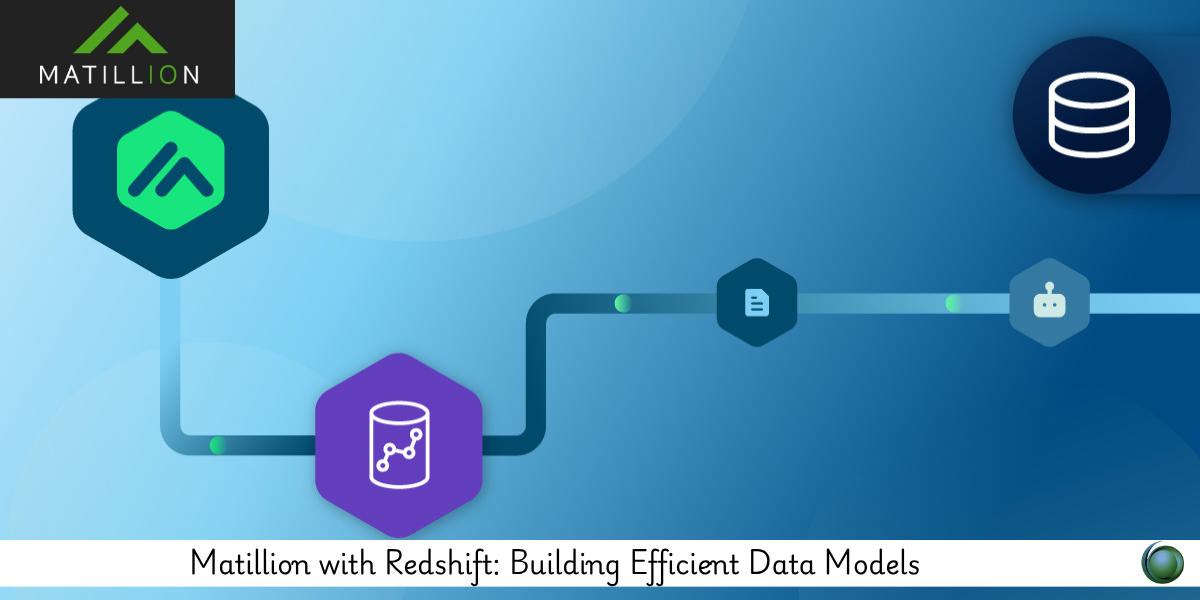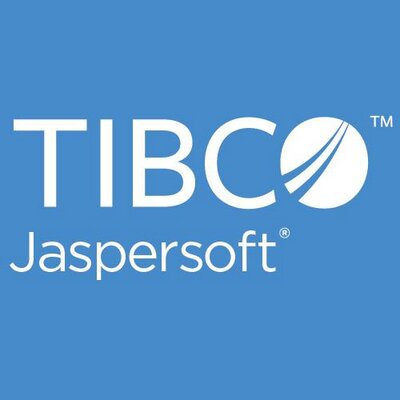Description
Introduction
Combining the powerful ELT capabilities of Matillion with Amazon Redshift enables organizations to build scalable, performant data models for analytics. This course guides you through designing efficient data pipelines and dimensional models that leverage Redshift’s performance features, all orchestrated through Matillion’s intuitive interface.
Prerequisites
-
Basic experience with Matillion ETL
-
Familiarity with Amazon Redshift architecture
-
Understanding of SQL and data modeling principles
-
Knowledge of ETL/ELT pipeline workflows
Table of Contents
1. Overview of Matillion and Redshift Integration
1.1 Architecture and Components
1.2 Redshift-Specific Matillion Connectors
1.3 Role of ELT in Redshift Environments
2. Designing Star and Snowflake Schemas
2.1 Dimensional Modeling Basics
2.2 Building Fact and Dimension Tables
2.3 Denormalization Techniques for Performance
3. Creating Efficient Transformation Jobs
3.1 SQL-based Transformations in Redshift
3.2 Using Matillion’s Table and Join Components
3.3 Data Typing and Metadata Consistency
4. Optimizing Redshift Performance
4.1 Distribution Keys and Sort Keys
4.2 Compression Encoding Best Practices
4.3 Avoiding Common Bottlenecks in ELT
5. Parameterization and Reusability in Jobs
5.1 Using Variables for Dynamic Modeling
5.2 Creating Reusable Transformation Templates
5.3 Modularizing Job Design for Maintainability
6. Incremental Load Strategies
6.1 Handling Slowly Changing Dimensions (SCD)
6.2 Using CDC and Timestamps for Deltas
6.3 Merging Updates with Redshift SQL Logic
7. Job Orchestration for Model Refreshes
7.1 Scheduling Model Updates
7.2 Managing Dependencies and Sequences
7.3 Automating Loads via APIs or Events
8. Data Validation and Testing
8.1 Row Counts and Data Quality Checks
8.2 Validating Joins and Aggregations
8.3 Building Audit and Reconciliation Jobs
9. Redshift-Specific Monitoring and Tuning
9.1 Query Monitoring Rules (QMR)
9.2 Analyzing Query Plans
9.3 Using Matillion’s Logging and Metadata
10. Real-World Project Example
10.1 Building a Sales Data Mart in Redshift
10.2 Automating the Refresh and Validation
10.3 Connecting to BI Tools for Reporting
Integrating Matillion with Amazon Redshift provides a powerful foundation for building efficient, scalable data models. By following best practices in ELT design, performance tuning, and job orchestration, data teams can deliver high-quality analytical datasets that drive business insights.







Reviews
There are no reviews yet.